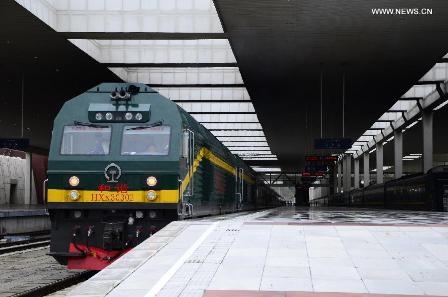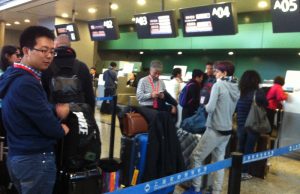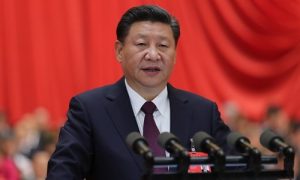Lhasa – Xigaze railway to boost tourism in Tibet

LHASA – A second railway line in southwest China’s Tibet Autonomous Region, an extension of the Qinghai-Tibet railway, the world’s highest, was officially put into use recently.
The 251-km railway line links the regional capital Lhasa and Xigaze, the second-largest city in the region. It reduces the travel time from the current four hours by highway to around two hours.
The new railway brings the total length of operating railways in Tibet to 802 km. Construction of the railway started in 2010 with an investment of 13.28 billion yuan (2.16 billion U.S. dollars).
Due to complicated geological conditions, numerous bridges and tunnels and hefty investment in environmental protection, the cost of the railway exceeded 50,000 yuan per meter on average, making it the most expensive in China’s history.
Zhang Lizhong, deputy head of the Lhasa-Xigaze railway construction headquarters, said the rail route design has attempted to bypass a state-level black-necked crane nature reserve in the middle reaches of the Yarlung Zangbo River and a water source protection area in Qushui County.
The Lhasa-Xigaze railway represents a new stage in Chinese rail construction, said Xu Hongchun, the railway’s chief designer.It demonstrates that China has mastered mature technologies for high plateau railway construction, he said.
The Lhasa-Xigaze railway, which lies in alpine valleys along the Yarlung Zangbo River, showcases China’s modern railway bridge and tunnel-building technology.Its 116 bridges and 29 tunnels account for 46 percent of the total length of the railway.
In 2006, the Qinghai-Tibet railway began operation, introducing railway transportation into Tibet for the first time in history. The railway links Xining, capital of Qinghai Province, with Lhasa.
Railway service has greatly boosted Tibet’s tourism and other sectors.Tourist arrivals in Tibet reached 12.9 million last year from 1.8 million in 2005. Tourism revenue increased from 1.94 billion yuan to 16.5 billion yuan during the period.
Tourists form home and abroad will soon realize their dreams of stepping onto the pure, holy land, said Wang Songping, deputy head of the region’s tourism bureau.
By the end of 2013, the number of tourism personnel in Tibet stood at more than 300,000. Farmers and herdsmen living along the railway benefit from running family inns and restaurants.
The extension of the Qinghai-Tibet railway will accelerate the construction of land trade channels between Tibet and South Asian countries, said Wang Wenxi, head of Lhasa Customs. Driven by the extended line, Tibet’s foreign trade should enter a golden period of growth.
With more than 4000 km of borders on Bhutan, India, Myanmar and Nepal, Tibet’s foreign trade relies on border ports and increased to 3.3 billion U.S. dollars in 2013 from 1.36 billion U.S. dollars in 2011.
Construction of another railway linking Lhasa to Nyingchi in the southeast of Tibet is expected to start later this year.
Railways connecting Xigaze with Yadong, Jilung and Nyalam border ports are planned in the long run, according to Yang Yulin, a Tibet railway official.
Source : Xinhua , August 2014














